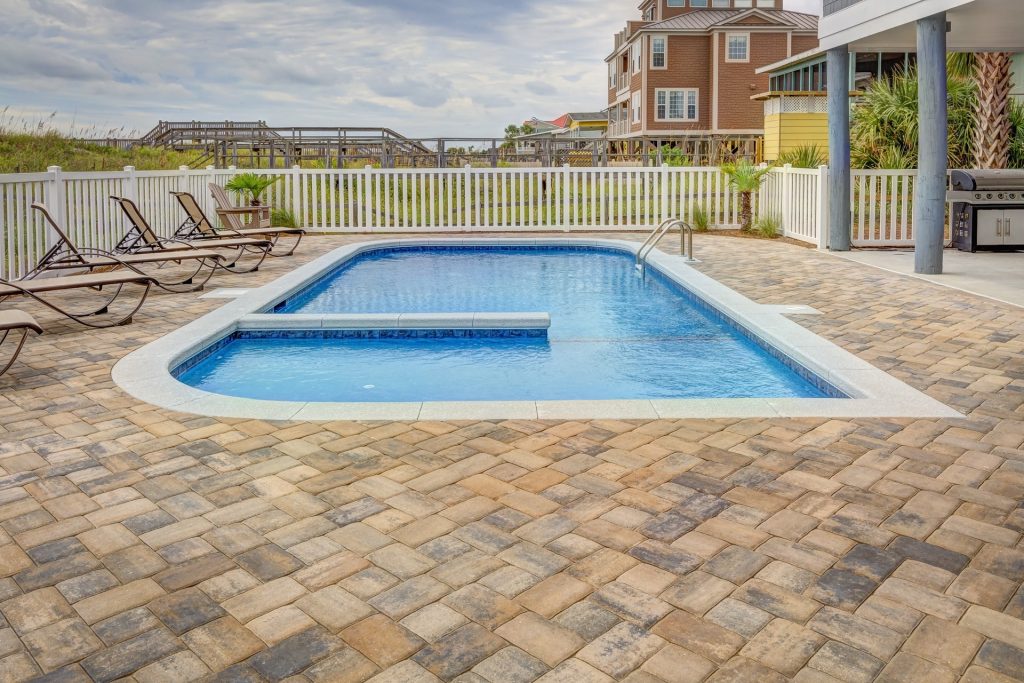Tips for Designing and Planning Your New Pool
If everybody could afford one, no homeowner would lack a swimming pool in their backyard. From adding beauty and value to your home to providing a space for relaxing with family and friends, a pool is a valuable addition to any property. However, they aren’t easy to construct.
You need a sound plan if you want to own a swimming pool. What’s more, they require a substantial amount of money, usually running into thousands of dollars. It’s worth noting that this investment can either pay off or not.
As you plan to install a swimming pool, here are some top tips for designing and planning your new pool.
Intended Use
How do you want to use your pool? If its primary use is offering a place to relax, then it should have sunbeds by its side. Suppose you intend to use it for parties, it would be wise to install LED lighting and a music system. You can also build an outdoor kitchen for preparing barbecues as you listen to your favorite tunes.
Type of Swimming Pool
When the time comes to design a pool for your backyard, you’ll need to know the two main categories of swimming pools. They are above-ground swimming pools and in-ground swimming pools. However, there are other subtypes that many homeowners find trendy. For example;
- Infinity pools
- Architectural pools
- Saltwater pools.
Generally, above-ground pools tend to be cheaper to install because no excavation is required. They are also easier to maintain. On the downside, they offer limited design options. For instance, it isn’t easy to find one made using lux materials like vinyl and fiberglass.
Location
When constructing a swimming pool, it is advisable to see how it fits into your landscape. Ideally, the pool should be easily accessible, exposed to the sun, and enhance your backyard’s visual appeal when not in use. The aspect of attractiveness particularly applies to pools that are visible from your living area.
Decking Material
The decking materials you choose should offer practicality. First, go for a material that feels comfortable under the feet, especially when it’s sunny.
Then, look at the color – this should be something neutral. When doing this, assess different options under wet conditions, as the poolside will have water most of the time. Limestone is an excellent option because it stays cool under hot temperatures, and it’s readily available.
Color
Most swimming pools are blue, a color aimed at mimicking the surface of the sea. However, this trend is changing as homeowners are becoming more open to different options. You can now see pools with lighter hues, such as grey and white.
Additionally, darker colors are gaining popularity. They not only look attractive but also help you save money. Decorating your pool with dark-colored tiles that conserve heat getting common. This helps you reduce your electricity bills since you don’t have to turn on the heater more often.
Budget
Like other structures in your home, your budget has a significant impact on your swimming pool design. For instance, you can’t expect to construct an infinity pool with several water features if you have financial constraints.
Luckily, multiple financing options can help you install a pool on your property. You can lend from a bank, take a chunk of your savings, or source funds from friends. Whatever options you choose, ensure that your budget covers miscellaneous expenses – things don’t always go as planned.
Maintenance
When you see a sparkling swimming pool, a lot of work has gone into keeping it in pristine condition. In fact, maintenance is perhaps the activity that most homeowners dread about swimming pools. Prepare yourself for hours of skimming, scrubbing, and regularly checking chemical levels if you want to install a pool in your home.
To Sum Up
Hopefully, the tips mentioned above have given you an insight into what it takes to own a swimming pool. Although it costs money, a well-thought-out plan can help you build a pool that increases your home’s value and its visual appeal.



